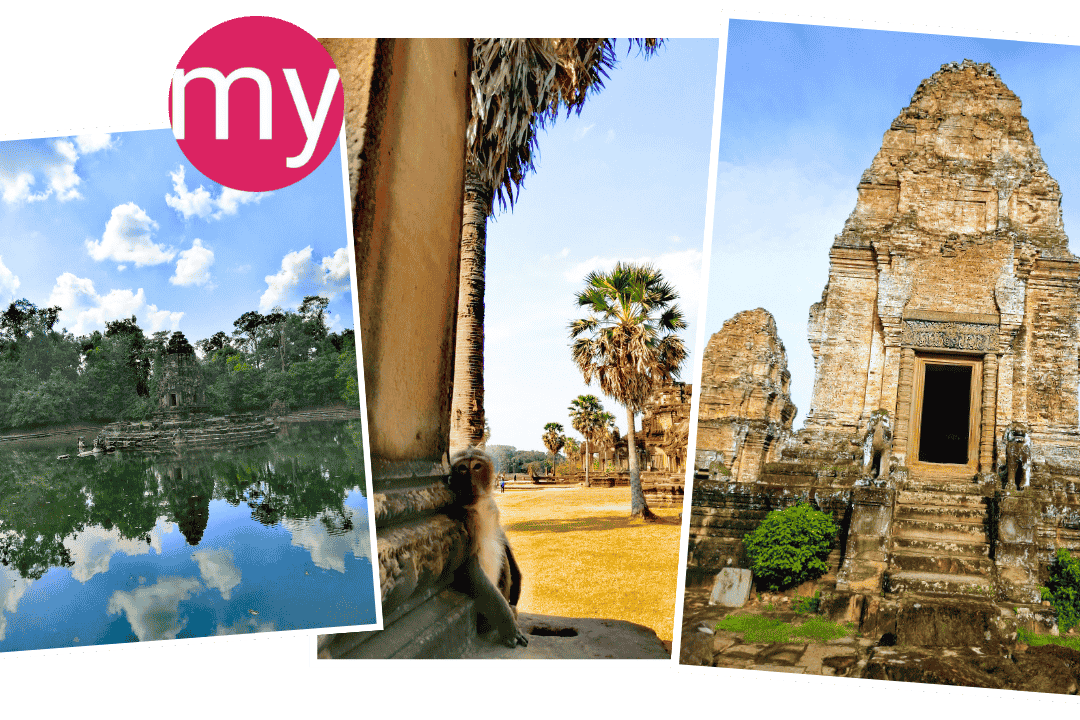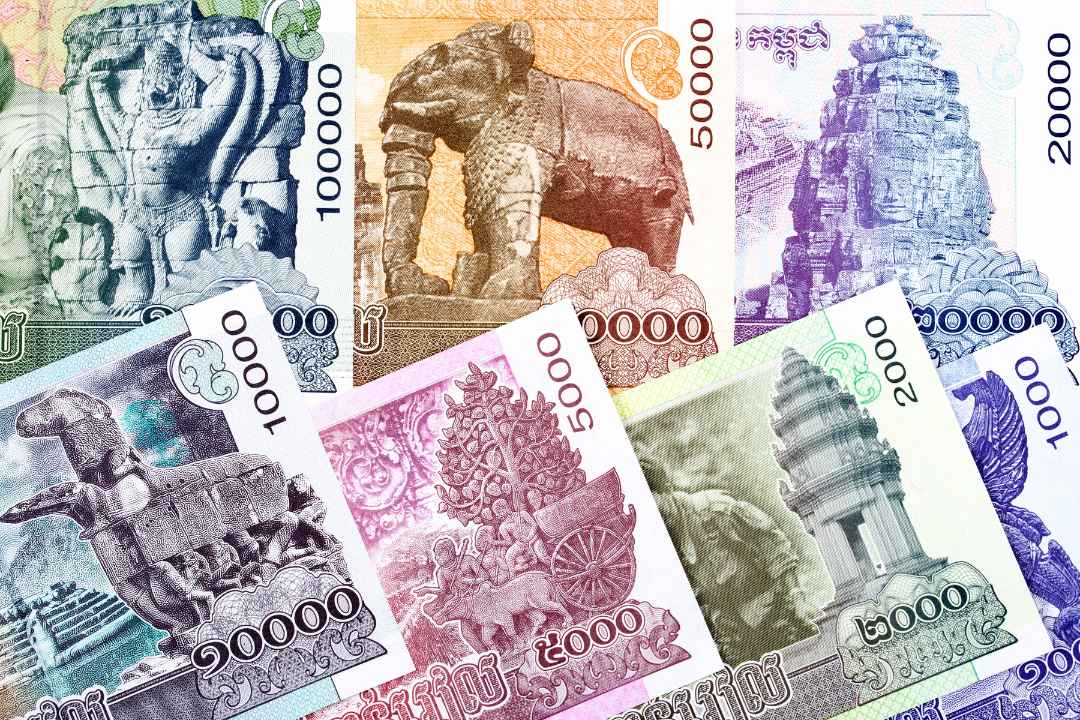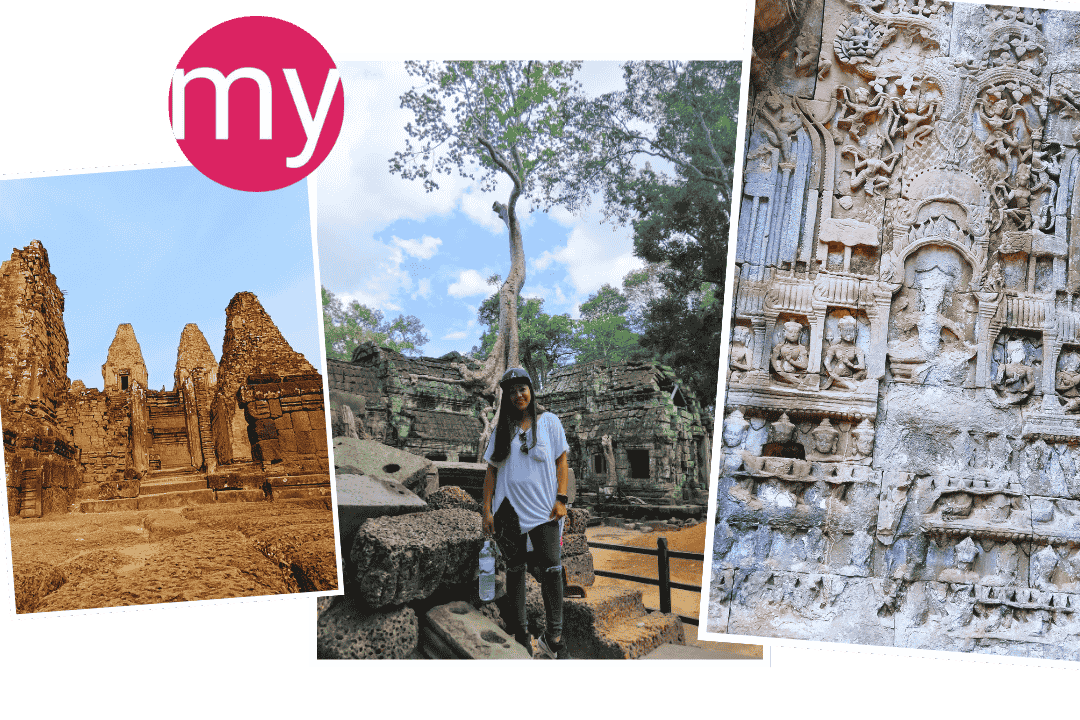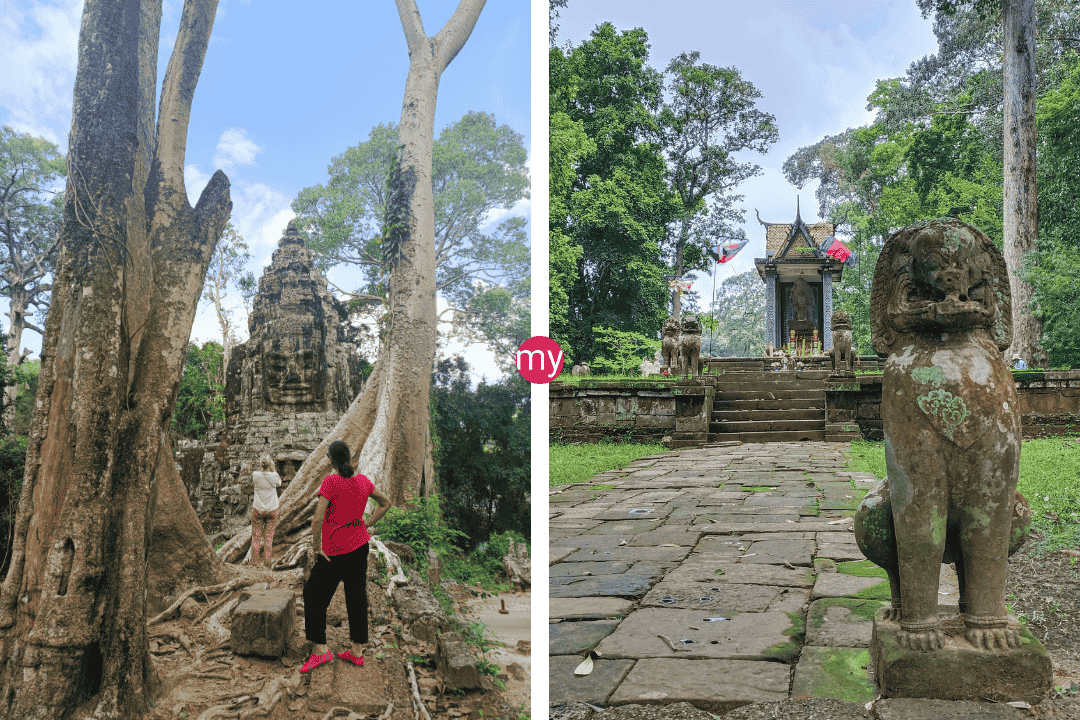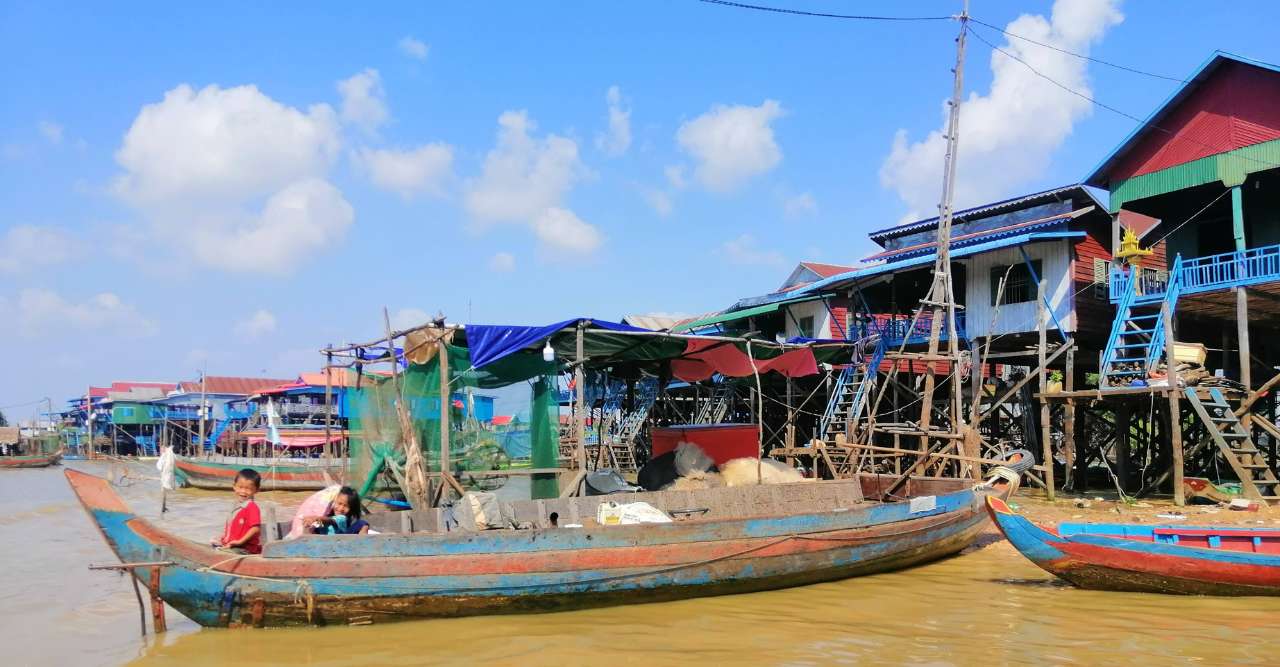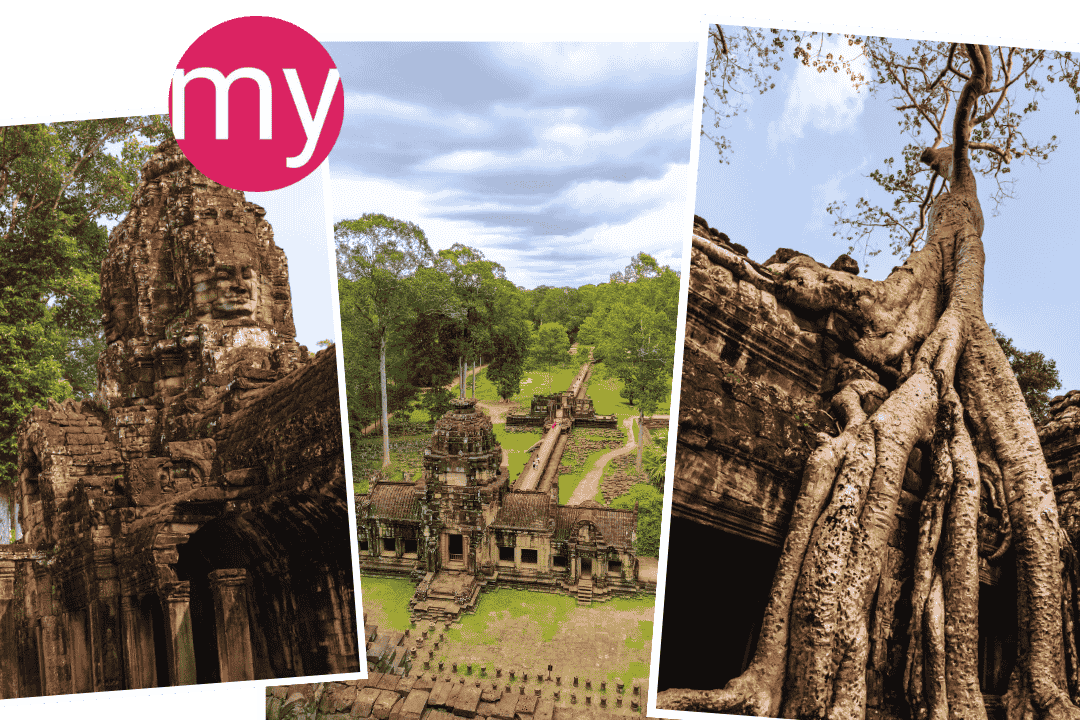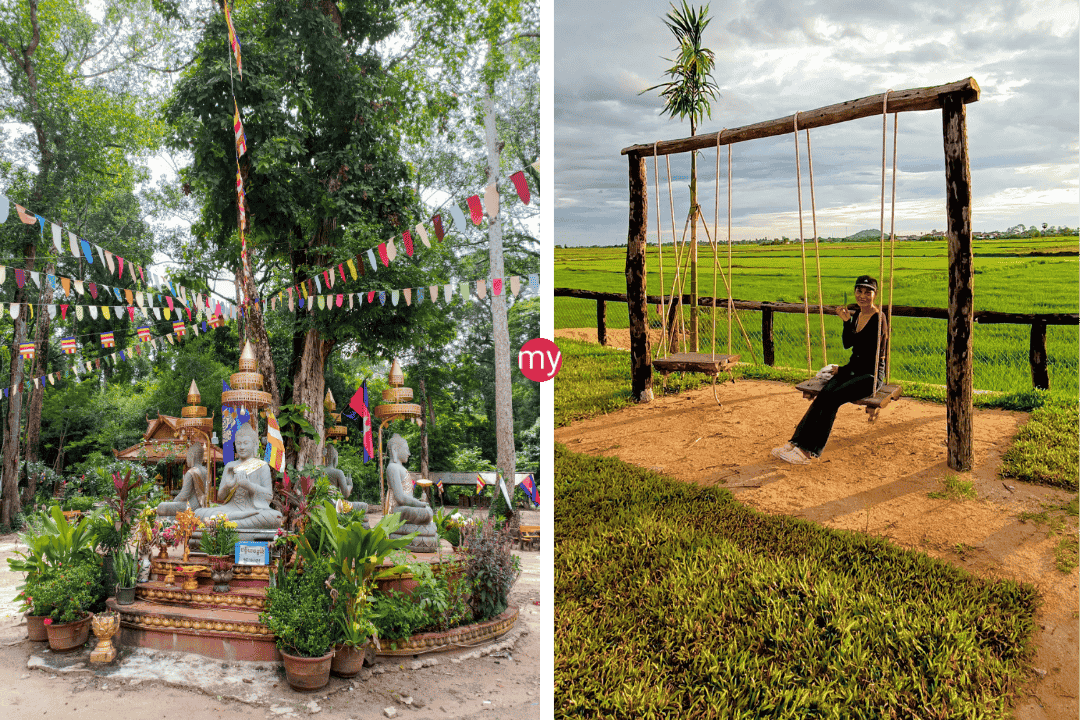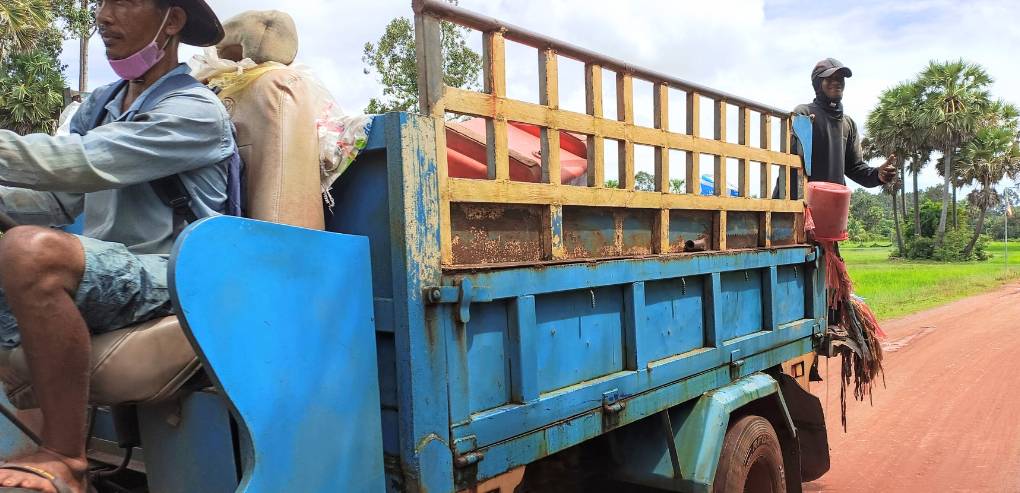Angkor Temples that are Almost Empty - While 2,500+ People Fight for Photos at Angkor Wat, I Had These 4 Ancient Temples All to Myself!
Overwhelmed by FOMO Because You Think You're Missing the "Real" Angkor Experience?
While over 2,000 tourists crowd Angkor Wat daily, four magnificent Angkor temples that are almost empty offer the same architectural grandeur with 95% fewer crowds. Preah Khan, Ta Som, Banteay Kdei, and East Mebon provide authentic exploration opportunities where you can photograph freely, meditate peacefully, and experience Cambodia’s ancient history without fighting for space.
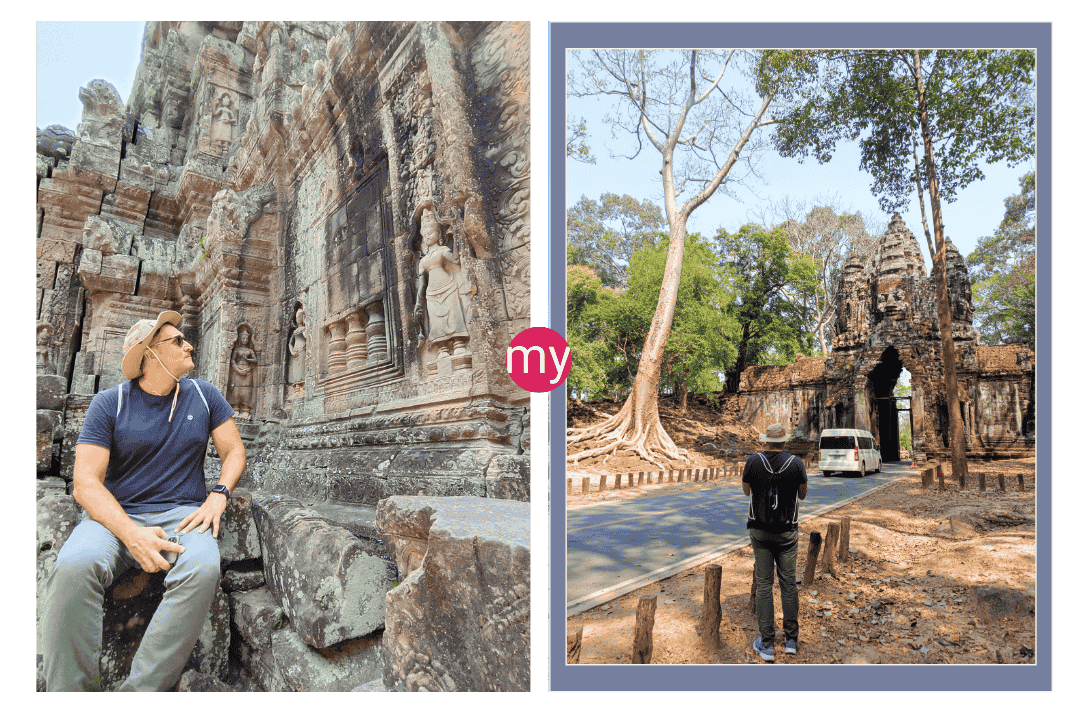
The Last Quiet Corners of Angkor: Four Ancient Temples Where You Can Actually Hear Your Own Footsteps
Angkor temples that are almost empty are lesser-known archaeological sites within Cambodia’s Angkor Archaeological Park that receive minimal tourist traffic compared to the main attractions. These remote Angkor temples include Preah Khan (138 acres), Ta Som with its iconic tree-root entrance, Banteay Kdei offering sunset photography, and East Mebon providing pyramid panoramic views.
Perfect for travelers seeking peaceful temples Siem Reap experiences, these sites attract only 20-100 visitors daily versus Angkor Wat’s 2,000+ crowds. Key advantages include:
- Zero waiting times for photography and exploration
- Authentic jungle atmosphere with minimal commercial development
- Same historical significance as famous temples but with complete solitude
- Extended exploration time without rushing through crowds
- Same $37 Angkor Pass covers all temple sites
- Better preservation due to reduced foot traffic
Located within 15-30 minutes of Angkor Wat, these sites represent some of Southeast Asia’s most significant archaeological treasures.
Overall, visiting these empty Angkor temples allows travelers to experience authentic Khmer architecture and history while avoiding the tourist saturation that can diminish the spiritual and cultural impact of Cambodia’s most sacred sites.
Key Takeaways: Why These Empty Temples Will Transform Your Angkor Experience
1. Preah Khan Temple: A 138-Acre Monastic University All to Yourself
This sprawling complex served as King Jayavarman VII’s temporary residence while building Angkor Thom, housing 1,000 monks in its prime. Today, you’ll encounter maybe 50-100 visitors across its entire 138-acre expanse – that’s roughly one person per acre. The labyrinthine corridors create a maze-like experience where you can genuinely get lost in history, photographing intricate carvings without a single tourist in your frame. Unlike the cramped walkways of Angkor Wat where you’re constantly dodging selfie sticks, Preah Khan’s protective moat and fortified walls create an authentic sanctuary atmosphere.
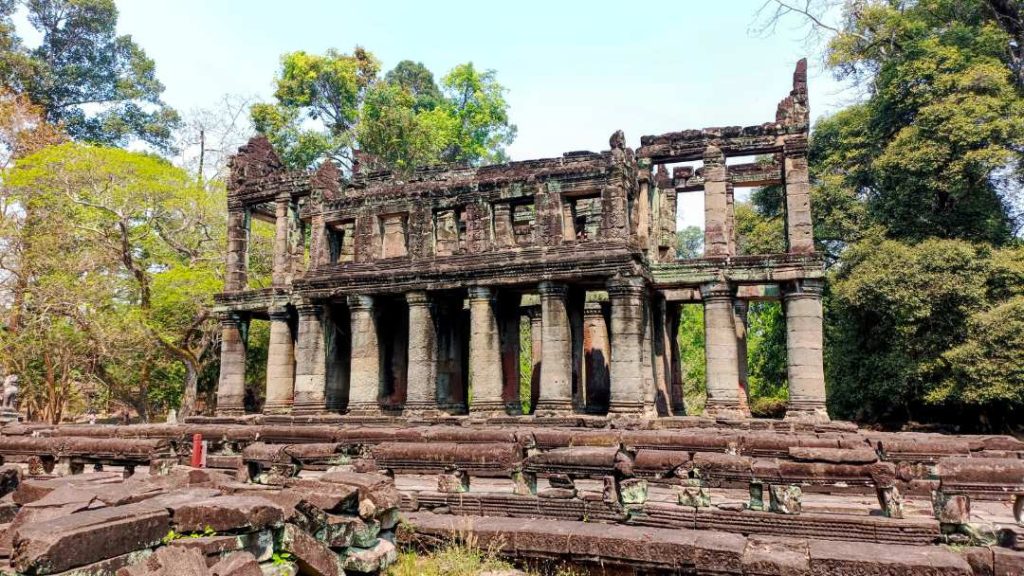
2. Ta Som Temple: The Tree-Root Entrance That Instagram Forgot
While everyone fights for the perfect shot at Ta Prohm’s famous tree-root formations, Ta Som offers an equally spectacular tree-root entrance arch with virtually no competition. Built by King Jayavarman VII in the distinctive Bayon style, this secret temple Angkor features four carved faces looking in cardinal directions at its east entrance. The entire temple measures only 200 meters across, making navigation effortless, and with just 20-40 daily visitors, you can spend unlimited time perfecting your photography. The World Monuments Fund completed restoration here from 1998-2007, ensuring structural integrity while maintaining that authentic jungle-temple atmosphere.
Your Angkor Wat VIP access includes air-conditioned transport, cold water, and a professional guide. The price covers your whole group, not per person. A family of four pays just $47 per person.
3. Banteay Kdei: Your Private Sunset Photography Studio
Constructed in 1180 and dedicated to Mahayana Buddhism, Banteay Kdei represents a fusion of Angkor Wat’s grandeur with Bayon’s artistic refinement. What makes this forgotten Angkor temple special is its deliberately unrestored state – successive additions created an unbalanced design that tells the story of changing dynasties. The shaded forest environment provides easy walking paths, and since it’s almost always empty according to crowd analysis, you can claim the best sunset photography spots without competition. The carved doorways frame jungle views perfectly, creating Instagram-worthy shots that your followers have never seen before.
4. East Mebon Temple: Pyramid Views Without the Pyramid Scheme Crowds
Originally built as an island temple in the now-dry East Baray reservoir, East Mebon’s temple-mountain structure features five towers arranged like dice – a unique architectural element you won’t find at mainstream sites. King Rajendravarman constructed this monument in 953 to honor his parents, and today it attracts only 25-50 visitors daily. The pyramid structure provides elevated perspectives across the Angkor complex, offering panoramic photography opportunities that rival any expensive helicopter tour. Since tourists originally accessed this temple only by boat, modern road access still feels like discovering a secret.
5. Strategic Timing Multiplies Your Empty Temple Experience
Research shows that quiet temple ruins Siem Reap become even quieter during specific time windows. The 3:00-5:30 PM slot sees 73% fewer crowds across all temples, while the 12:00-2:00 PM midday period offers 80% crowd reduction. Early morning off the beaten path Angkor exploration starting at 6:30 AM virtually guarantees solitude. Unlike Angkor Wat where 220 visitors per hour converge during morning peak times, these alternative sites maintain their peaceful atmosphere throughout the day, giving you complete flexibility in planning your photography and meditation sessions.
The Real Numbers: How Empty Are These “Empty” Temples?
| Temple | Daily Visitors | Crowd Level | Photo Wait Time | Best Visit Time |
|---|---|---|---|---|
| Angkor Wat | 1,800-2,000 | Very High | 15-45 minutes | Never empty |
| Preah Khan | 50-100 | Very Low | Right away | All day |
| Ta Som | 20-40 | Very Low | No waiting | All day |
| Banteay Kdei | 30-60 | Very Low | Take your time | All day |
| East Mebon | 25-50 | Very Low | No limits | All day |
These statistics represent a 90-95% crowd reduction compared to mainstream Angkor attractions. During peak season, when Angkor Wat becomes virtually impossible to photograph peacefully, these undiscovered temples Cambodia maintain their serene atmosphere.
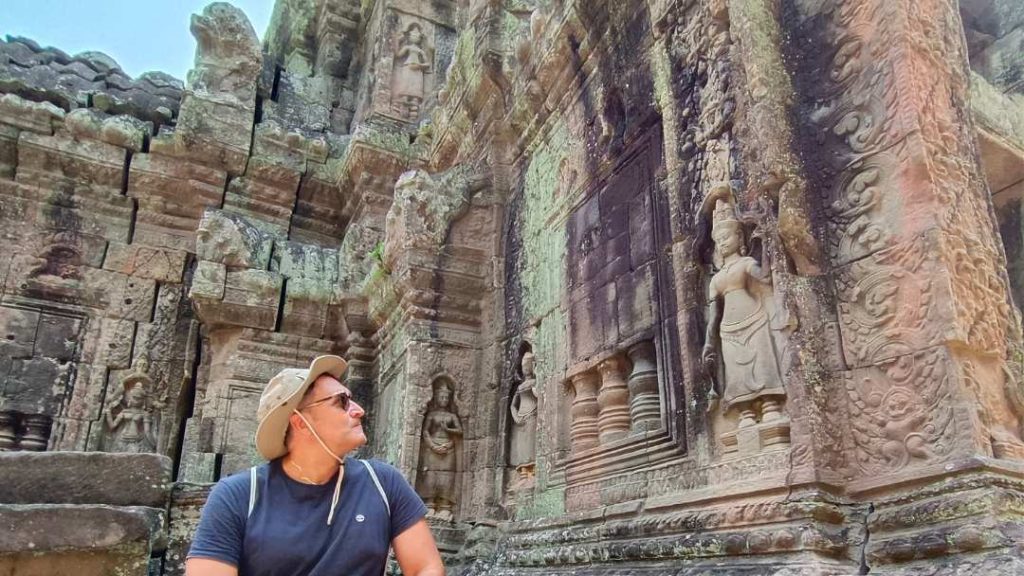
Editor’s Note: Why Siem Reap’s Best-Kept Secrets Remain Secret?
The Psychology of Tourist Herding
Most visitors to Siem Reap follow predictable patterns driven by “must-see” lists and social media influence. The famous sunrise at Angkor Wat, the tree roots at Ta Prohm, and the faces at Bayon create a tourism trinity that captures 85% of visitor attention. This leaves remarkable lesser-known Angkor ruins completely overlooked despite their equal historical significance and superior visitor experience.
Marketing and Infrastructure Bias
Tourism infrastructure concentrates around headline attractions – souvenir vendors, restaurants, and guide services cluster near Angkor Wat and Ta Prohm. This creates a feedback loop where unknown temples Cambodia remain genuinely unknown because commercial interests don’t promote them. The result? You benefit from accessing world-class archaeology without commercial tourism’s negative impacts.
Do You want to know yet another misconception? Most people think sunrise is the best time to see Angkor Wat.
They’re wrong. Over 500 visitors pack the temple before 6 AM, making it almost impossible to enjoy. Our data shows a different story.
The temple gets surprisingly empty during lunch hours. Between noon and 3 PM, you’ll find just 120-140 people spread across the massive complex. That’s when you can actually hear yourself think.
Late afternoon works too, with good light and fewer tour buses. Smart travelers avoid the morning rush and visit when everyone else is eating lunch or taking naps.
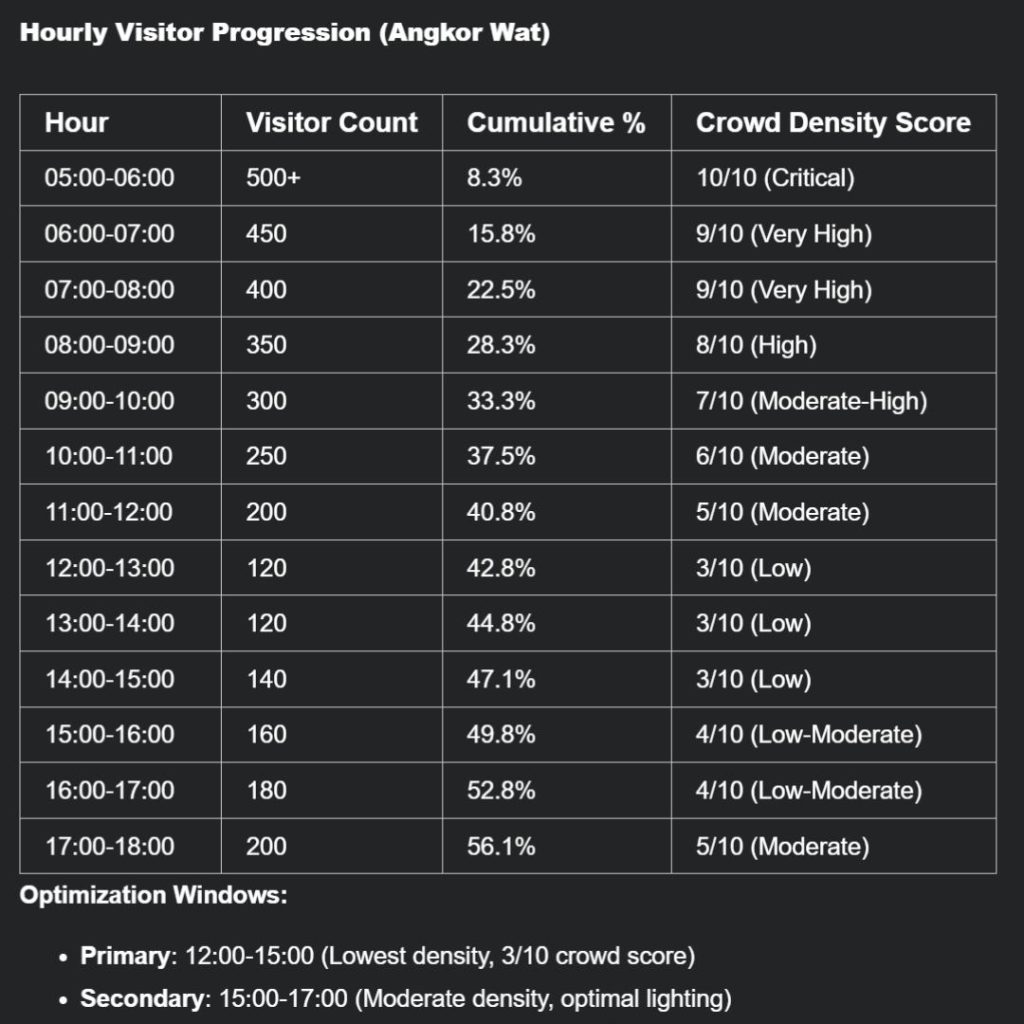
Getting to These Silent Sanctuaries: Your Complete Access Guide
Transportation and Tour Options
The most efficient way to access these uncrowded Angkor temples involves booking a 1-day Angkor Wat GRAND LOOP Private Tour which covers all four temples plus the famous Banteay Srei temple in an air-conditioned minivan. Private transport eliminates the tour bus crowds that occasionally visit these sites and provides flexibility to spend extra time at your favorite locations.
For early risers seeking the ultimate peaceful temples Siem Reap experience, the Early Bird Ta Prohm tour after Sunrise combines Ta Prohm, Banteay Kdei Temple in early morning, plus four additional temples before most tourists even wake up.
Practical Logistics
Angkor passes: Purchase from Angkor Enterprise – the 3-day pass ($62) provides optimal value for unhurried exploration across multiple days.
Transportation distance: These temples lie along the Grand Circuit, approximately 20-35 kilometers from Siem Reap town center. Tuk-tuk access is possible but private vehicles offer comfort and storage for photography equipment.
Facilities: Limited restroom and refreshment facilities compared to main temple sites – pack water and snacks for extended exploration sessions.
Planning Your Empty Temple Adventure
Multi-Day Itinerary Recommendations
Day 1: Early morning remote Angkor temples circuit (Preah Khan, Ta Som) Day 2: Afternoon photography focus (Banteay Kdei, East Mebon sunset) Day 3: Mainstream sites for comparison (Angkor Wat, Ta Prohm, Bayon)
This progression lets you appreciate both solitude and scale while avoiding the common mistake of saving the best (empty temples) for last when you’re templered out.
Photography Paradise: Capturing Images Impossible at Mainstream Sites
Architectural Details Without Human Interference
At these empty temples near Angkor Wat, you can photograph intricate Khmer architectural elements without cropping out crowds or waiting for clear shots. Preah Khan’s doorway carvings, Ta Som’s tree-root integration, Banteay Kdei’s forest shadows, and East Mebon’s panoramic vistas offer unlimited composition opportunities.
Golden Hour Advantages
The 3:00-5:30 PM golden hour becomes truly magical at silent Angkor temples where you’re not competing with hundreds of other photographers. Banteay Kdei’s sunset opportunities rival those at Phnom Bakheng but without the 300-person capacity limits or arrival two hours early requirements.
Walking through Preah Khan’s empty corridors last month, listening to my own footsteps echo off ancient stones, I realized what we’ve lost in our rush to check items off bucket lists. These Angkor temples that are almost empty offer something precious – the opportunity to connect with history on your own terms.
Stop settling for crowded disappointment at mainstream sites. Book a Grand Loop private tour or early morning temple exploration and experience Angkor as it should be experienced – peacefully, personally, and profoundly.
Ready to claim your piece of empty temple paradise? Contact MySiemReapTours today and start planning your solitary temple adventure.
Additional Resources: These links provide deeper context for planning your empty temple experience:
- Official Angkor Enterprise Ticketing – Current prices and regulations
- MySiemReapTours Grand Loop Options – Private tour booking and itineraries
Knowledge empowers better travel decisions – use these resources to maximize your temple exploration strategy.
Brought to you by Dan and Mat, Your tour planners.
Featured
Explore more on My Siem Reap Tours
Koh Ker and Beng Mealea guided tour | Banteay Srei temple guided tour | Angkor Wat Sunrise tour | Private Angkor Wat Sunset Tour | Koh Ker and Beng Mealea guided tour | Morning Siem Reap floating village tour | Afternoon Siem Reap floating village tour | Private Angkor Wat special tour | Kulen Waterfall small group guided Tour | Private Angkor Wat mix temples photo tour
